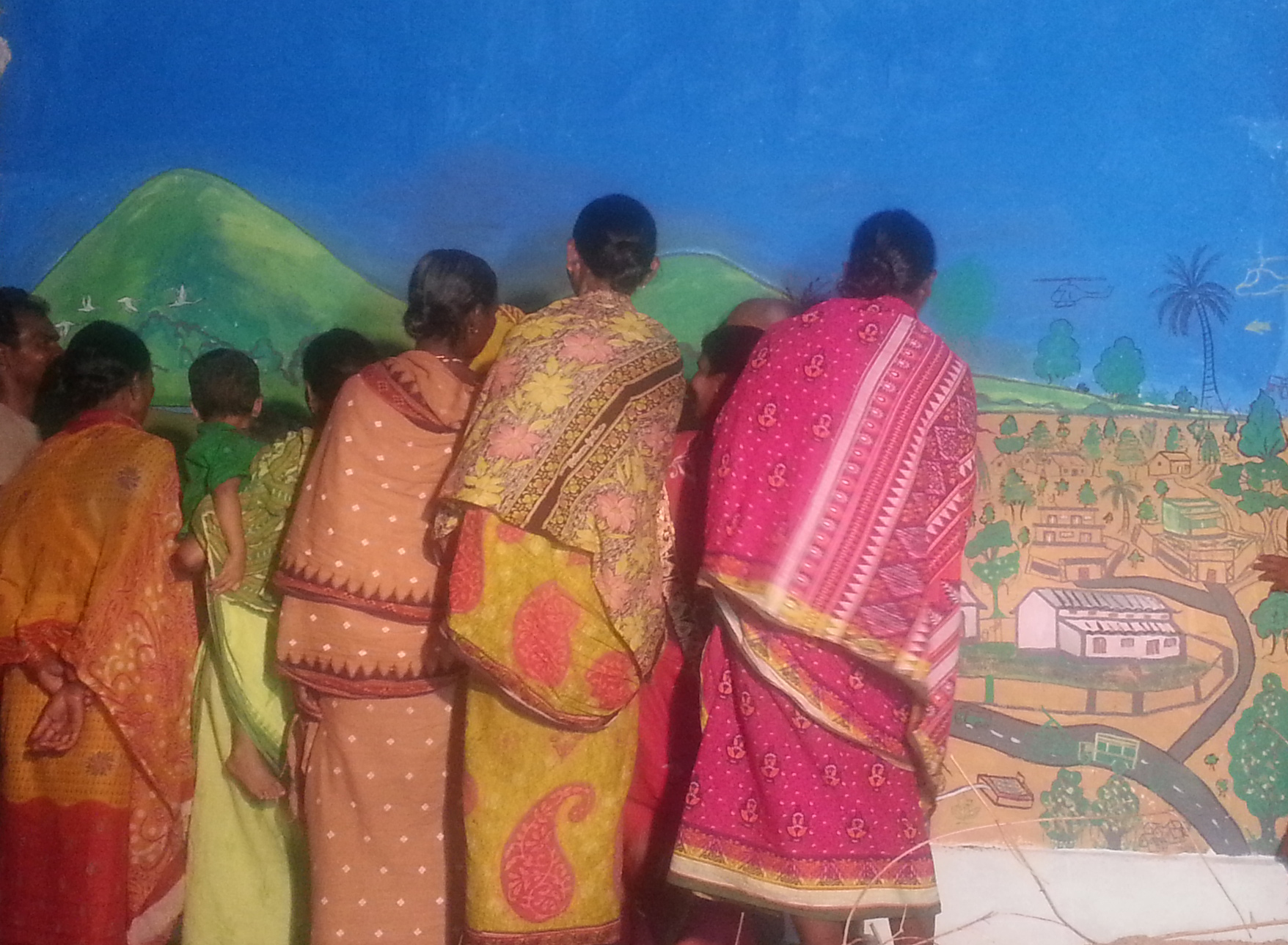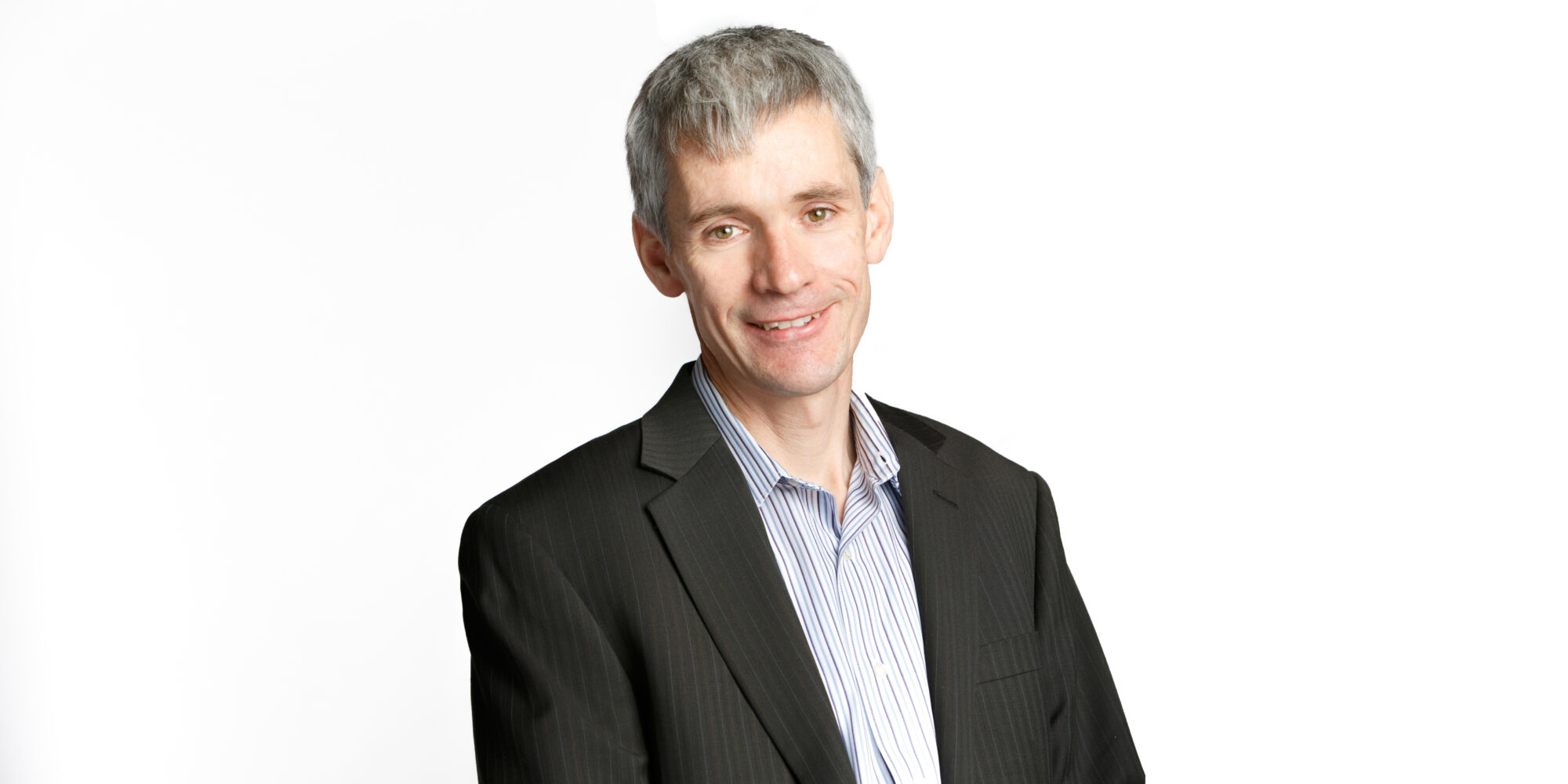Last week, as world leaders were gathering in New York at the United Nations for the launch of the new Sustainable Development Goals (SDG), I was making my way back from a site visit to cotton farmers in Gujarat, India.
In a plane at 30,000 feet over the deserts of Pakistan, I kept thinking about a painting I’d seen from the village of Tadameru, India, and how it manifests the link between the work of a Barr Global grantee, Global Footprint Network, those efforts in New York at the UN, and real people in real places facing many obstacles imposed by unsustainable development. Here is a photo of the painting:

Tadameru is in the Kandhamal District, State of Odisha, India. The painting represents the community’s vision of the ideal village. The vision was developed based on a participatory process applying sustainable development metrics and tools introduced by Global Footprint Network. Note the abundance of water (from protected forests), the presence of good infrastructure (e.g., good school separated from good road), clear zones for different land use, all of which is currently lacking.
The Sustainable Development Goals define what as a world community we want to achieve within the next 15 years to ensure that we, our children, and future generations will be able to live great lives, regardless of income level, gender, or ethnicity.
The goals are a renewed and refined commitment for sustainable development around the globe, as originally formulated and committed to in 2000. While this is certainly a laudable commitment, many still question what this effort really means and how it will be measured.
Global Footprint Network has been at the forefront of developing the frameworks that help us understand what sustainable development really is and how it can be measured and monitored.
While the concept of development at a country level can be measured by using the United Nations Human Development Index, the concept of sustainability, or what it means to live within the planetary resource boundaries, can be measured by the Ecological Footprint.
Mathis Wackernagel is the inventor of this framework and Global Footprint Network is the organization he founded to promote the concept. The Ecological Footprint measures how much regenerative capacity a nation, state, city, or individual is using. For instance, it reveals that if everyone lived the lifestyle of the average American, we would need five planets.
A handful of progressive nations have already adopted the Ecological Footprint as a measure of their level of sustainability for their development. They use Global Footprint Network’s tools to determine their biocapacity use and they report on that alongside other measures such as income and health levels of their country (components of the Human Development Index).
While sustainable development is the ultimate goal, there are also many specific contributing goals. For example, goal 12.2 states that by 2030 the world will “achieve sustainable management and efficient use of natural resources.” And The Footprint has been proposed to specifically measure progress in achieving that goal over the next 15 years.
Of course it is actions which will bring about the change we seek. But, by having better and more specific tools to measure in a meaningful and understandable manner, what we want to (and must) achieve as a global community is one step closer.
Beyond providing general operating support to Global Footprint Network, Barr Foundation also provided funding to further develop and apply the Human Development Index (i.e., the Ecological Footprint Framework) as a tool at the community level. The goal was to allow individual villages in low-income countries to make decisions and monitor their own progress, and how to make their progress last.




